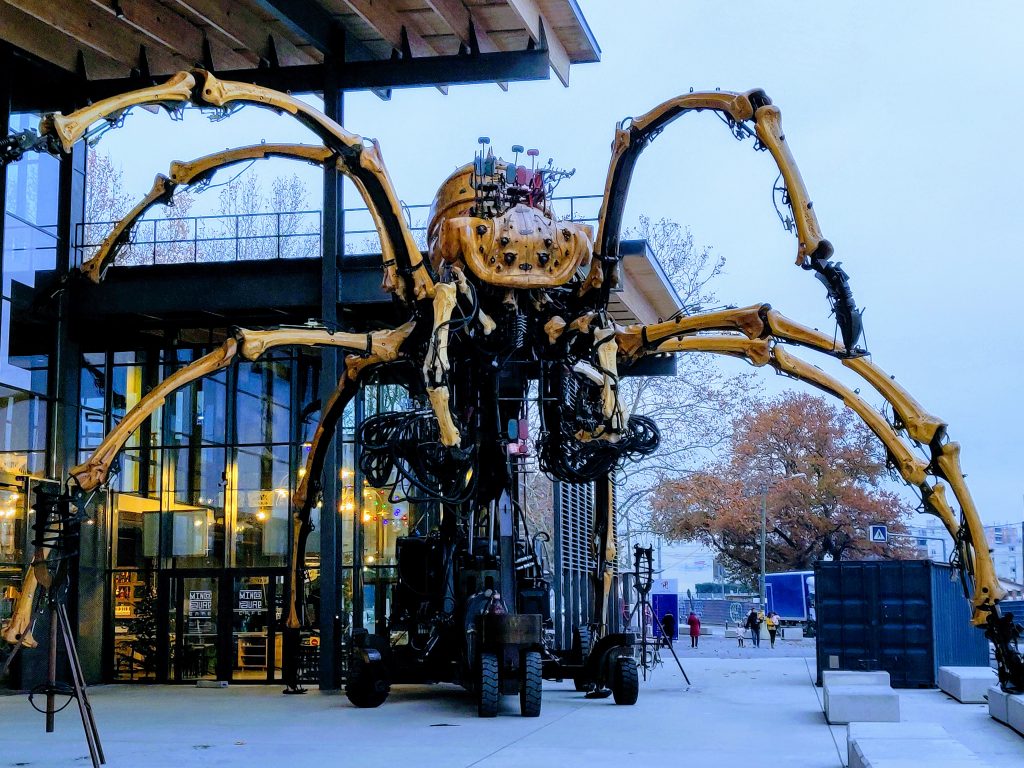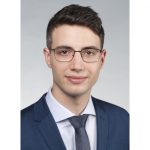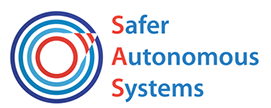When you attend a conference or an event you enjoy what others have prepared and do not think that it is just the tip of the iceberg of months of work. This post will uncover the work and preparation leading to the event, giving a different perspective from the previous blog post about the SAS Network Wide Event I (NWE) in Toulouse at LAAS-CNRS.
Introduction
This blog aims to describe the general process of organizing an event, as illustrated through the organization of the SAS NWE I. Organizing a Network Wide Event is not a small feat and requires a lot of people, effort, and time. The preparation of the event starts more than six months in advance, as it is necessary to plan the agenda, the date, and the location, all while staying on a budget. This NWE was divided into two parts, the first consisted of two days where the ESRs, supervisors, and representatives of the partner organizations were present and the last part consisted in two days of training for the ESRs and the supervisors. Having a different focus and audience, the two parts had to be tackled from a different angle and presented different challenges.
The road leading to the event
After deciding to host the SAS NWE I in Toulouse and setting the date, the organization started with the SAS LAAS professors taking a part of the tasks, coordinating, and dividing the rest of the work into smaller tasks that were given to the ESRs present at LAAS before the NWE and some other LAAS employees. The steps taken by the team were the following:
Step 1: Assemble the team members that would take care of the organization and know who to ask for help regarding administrative requests. Asking advice from people with previous experience in organizing conferences was another important piece of the puzzle.
Step 2: Have a general overview of the most important activities of the event, what to discuss with the beneficiaries, and what to discard. At the beginning, multiple options must be considered and deciding is also an iterative process, as the program will evolve and there will be new constraints to take into account, so there are various drafts before arriving at the final program. This step is useful to give a starting direction and to simplify the research of the external people needed to reach the goal.
Step 3: Schedule the agenda. There are a lot of important activities and topics to discuss, but cramming the agenda is never a good idea, and it is necessary to keep room for unforeseen delays, as a small delay could propagate and push an already tight schedule. For this NWE it was also necessary to accommodate the constraints imposed by the visit of the EU Project Officer (PO), which would stay one day and a half. So the activities that were necessary for the consortium but not for the PO (like the Supervisory Board Meeting and the ESR Researchers Council) were scheduled
before the arrival of the PO, while the other meeting revolved around explaining the progress of the SAS project to the PO for the PO’s evaluation. The training for the ESRs was then scheduled for the last two days when the PO and the partners’ companies were not there anymore. Since “All work and no play makes Jack a dull boy”, a social dinner was planned on Monday evening, while the visit of a peculiar museum (Fig.1) was planned on Tuesday. On Wednesday night a laser game of 1.5h was planned for the ESRs to strengthen their bonds and improve the wellbeing of our network. These social events are fundamental for the success of the project in order to foster a network of participants and ESRs that consider each other more than just work colleagues.

Figure 1. The mechanical spider outside the Halle de la Machine
Step 4: Prepare a plan of attack to solve the problems related to the venue (the place where the event takes place), the suggested accommodation for the attendees, the available transportation, the catering to have nutritious food, the speaker fees and compensation, and the activities during the day and the evenings, such as the social dinner and the laser game! The main constraint here usually is to stay on budget, but luckily for us, the budget was generous.
Step 5: Check the technical aspects of the venue, for example that the conference rooms have all the proper equipment, such as comfortable chairs and electrical plugs easily available for the laptops of participants, and that there is proper Wi-Fi coverage. Various tests were conducted to assure that the audio/video equipment, like the projectors and the videoconference system, were working as expected. All of this is done so the participants can focus on the important matters and not be distracted by technical issues, improving the efficiency of the meetings and the participants’ enjoyment of the event. Checking the videoconference system in various conditions was the most time-consuming task, as multiple tests had to be scheduled depending on the availability of the videoconference participants, and various configurations had to be tested to assure the best quality possible to permit the external participants to intervene and be visible during the meetings. Even like this, Murphy’s law is always looming and unforeseen technical issues can arise at any moment during the NWE.
Step 6: Decide and contact the speakers for the two days of training. After deciding the topics of the training, we began the search for speakers with the required characteristics and availability for the dates of the event. Luckily two speakers with expertise in the topics of interest were already available at LAAS, while a third speaker was from the Adoc Talent Management, Paris. On a personal note, all the speakers deserve praise for being professional and for being clear and concise, I really enjoyed the training (shown in Fig.2) and I think that it will be really useful for my PhD.

Figure 2. Prof. J. Guiochet giving an example of fault tolerance during the training
Step 7: Register the attendees. Before the event, confirmation emails and surveys were sent to the SAS network to understand who would come and which days. Confirming the participants and their food preferences is of utmost importance for the organization and the enjoyment of the participants.
Step 8: On-site planning. Since it was done “in house” for us at LAAS, we had to make sure that all the meeting rooms were in order and we changed the disposition of the rooms and removed some tables to have a more welcoming and distraction-free environment, to avoid the effect of having people too spread around the room and making people feel disconnected from the meeting. Leaflets were prepared to describe the agenda, the important information (e.g., how to access the Wi-Fi), and with a map of LAAS, together with information plaques with arrows to point the participants in the right direction, as LAAS is composed of nine interconnected buildings and people could get lost.
Step 9: Host the NWE. When the great day arrived, in order to get off to a good start, our first priorities were welcoming our guests, registering them, giving them the necessary material, and greeting them with a nice breakfast. During the coffee breaks or changes of meeting rooms (e.g., for meetings in parallel), we had to manage the keys and bring the guests there, as the rooms were locked to prevent issues. Other tasks included giving information regarding the facilities of LAAS, the city of Toulouse, and making sure the guests had received the slides of the event.
Step 10: Get feedback and the follow up after the NWE. To facilitate communication between the participants of the SAS project between the NWEs, after the training, the last session of the NWE was about the new tool to manage the project: Podio, a social collaboration tool that will simplify communication and cooperation between the ESRs. It is possible to use it through the website or an application, and it is going to be the central platform for managing this blog and various tasks of the ESRs. As the last step, in order to improve the next events, a survey was sent to the participants to get feedback and comments.
Conclusion
This NWE was a great occasion for the ESRs at LAAS to apprehend how to manage and organize an event, showing how many months of effort go into making sure that the participants can enjoy four days of event. It gave the ESRs a different perspective, and hopefully, now the reader is aware of it too.
See you next time at the NWE in York (UK)!
About the Author: Luca Vittorio Sartori
 Luca Vittorio Sartori is an Early Stage Researcher at LAAS-CNRS in Toulouse for the MSCA ETN-SAS Project. He is interested in how to generate virtual worlds to maximize the coverage of critical test cases in simulation and how to improve the software testing of autonomous mobile robots. He has a background in automation engineering from Politecnico di Milano and research experience on metrology acquired at the WZL institute of RWTH Aachen University.
Luca Vittorio Sartori is an Early Stage Researcher at LAAS-CNRS in Toulouse for the MSCA ETN-SAS Project. He is interested in how to generate virtual worlds to maximize the coverage of critical test cases in simulation and how to improve the software testing of autonomous mobile robots. He has a background in automation engineering from Politecnico di Milano and research experience on metrology acquired at the WZL institute of RWTH Aachen University.


